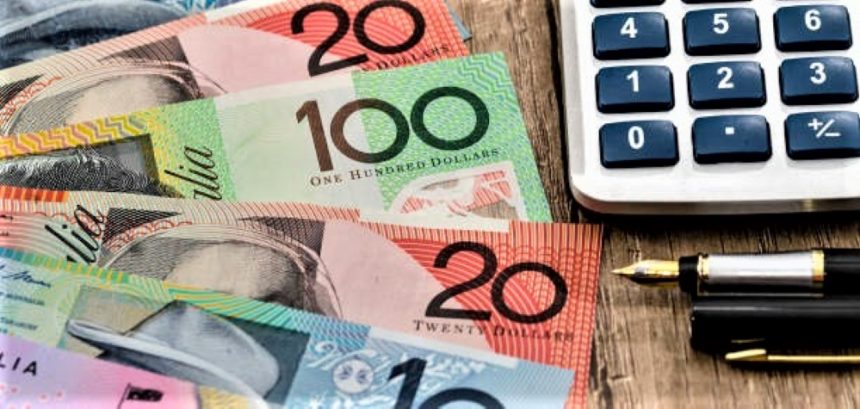During Thursday’s European session, the Australian Dollar (AUD) is hovering around the 0.6500 handle against the US Dollar (USD). Market participants are navigating a delicate balance between weaker US dollar sentiment driven by rising expectations of Fed rate cuts and cautious investor appetite surrounding Australia’s economic trajectory.
US dollar softness continues to be a dominant theme in global currency markets after recent US data showed signs of slowing economic momentum. The FedWatch Tool now shows a 94.4% probability of a rate cut in September, up significantly from around 63% just a week ago. This development should typically favor the Aussie, but the pair remains stuck in a range-bound structure.
Fed Rate Cut Bets Support Australian Dollar, But Upside Stalled
While the greenback’s weakness has underpinned AUDUSD, the lack of strong Australian data or bullish catalysts is capping gains. China, Australia’s largest trading partner, has recently released mixed macro prints, adding to uncertainty.
Moreover, concerns around commodity demand and the RBA’s relatively dovish tone continue to restrain the Aussie. This leaves the pair exposed to any shift in global risk sentiment or a rebound in US yields.
China’s Economic Influence Keeps Aussie Traders Wary
China’s services and manufacturing activity has shown signs of stagnation recently, despite efforts by Beijing to stimulate growth. Given Australia’s strong trade ties with China, particularly in iron ore and coal, any slowdown in Chinese demand weighs directly on AUD performance.
Unless Beijing ramps up more aggressive infrastructure or consumer stimulus, the Aussie may struggle to break higher—even if the USD weakens further. The uncertainty surrounding China’s fiscal support trajectory remains a key external headwind for AUD bulls.
Inflation & Jobs Data in Focus for RBA Policy Outlook
Domestically, Australia’s economic releases have painted a mixed picture. While inflation has been cooling modestly, labor market strength continues to anchor RBA’s cautious stance. Markets remain divided on whether the Reserve Bank of Australia will consider further tightening or maintain a prolonged pause.
Upcoming employment data and Q3 inflation reads will be crucial in determining whether the RBA shifts its tone in upcoming meetings. Until then, monetary policy divergence between the Fed and RBA could continue to guide AUDUSD flows.
Technical Outlook: Neutral Near-Term, Bearish Underlying Bias
From a technical standpoint, AUDUSD remains in neutral territory on the daily chart, with short-term bias leaning cautiously to the downside. The key resistance lies at 0.6625, the recent local high, while support is seen near 0.6450. A decisive break below that level could expose the pair to the longer-term base around 0.6380.
The MACD indicator shows weakening bullish momentum, while moving averages are starting to flatten. According to Investing.com’s technical summary:
Overall: Strong Sell
Moving Averages: Strong Sell
Oscillators: Strong Sell
A daily close below 0.6450 could shift the short-term outlook decisively bearish.
Conclusion: Fed Path Will Decide Next AUDUSD Leg
In the short term, AUDUSD direction remains data-dependent, especially on US macro updates and Fed commentary. While the rising rate cut odds may continue to weigh on the USD, the Aussie lacks the momentum to capitalize in the absence of strong domestic drivers.
Unless Australian data surprises to the upside or Chinese stimulus ramps up, any gains in AUDUSD could remain shallow. Watch for key US inflation reports and Fed speakers later this week to provide clearer guidance.
Disclaimer: This blog is for informational purposes only and does not constitute financial advice. Always conduct your own research and consult a professional advisor before making investment decisions.









